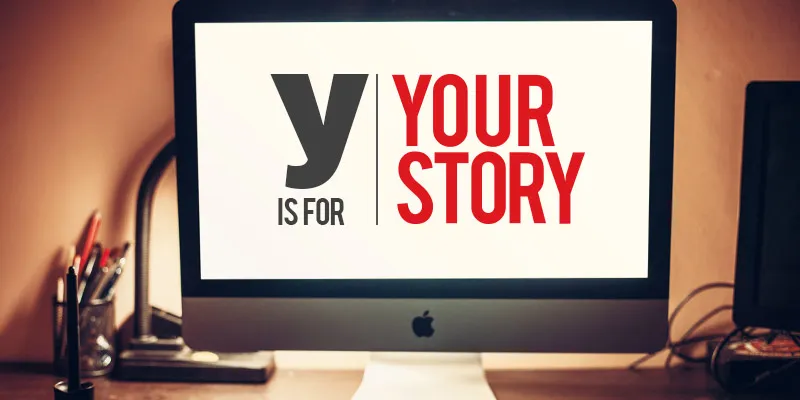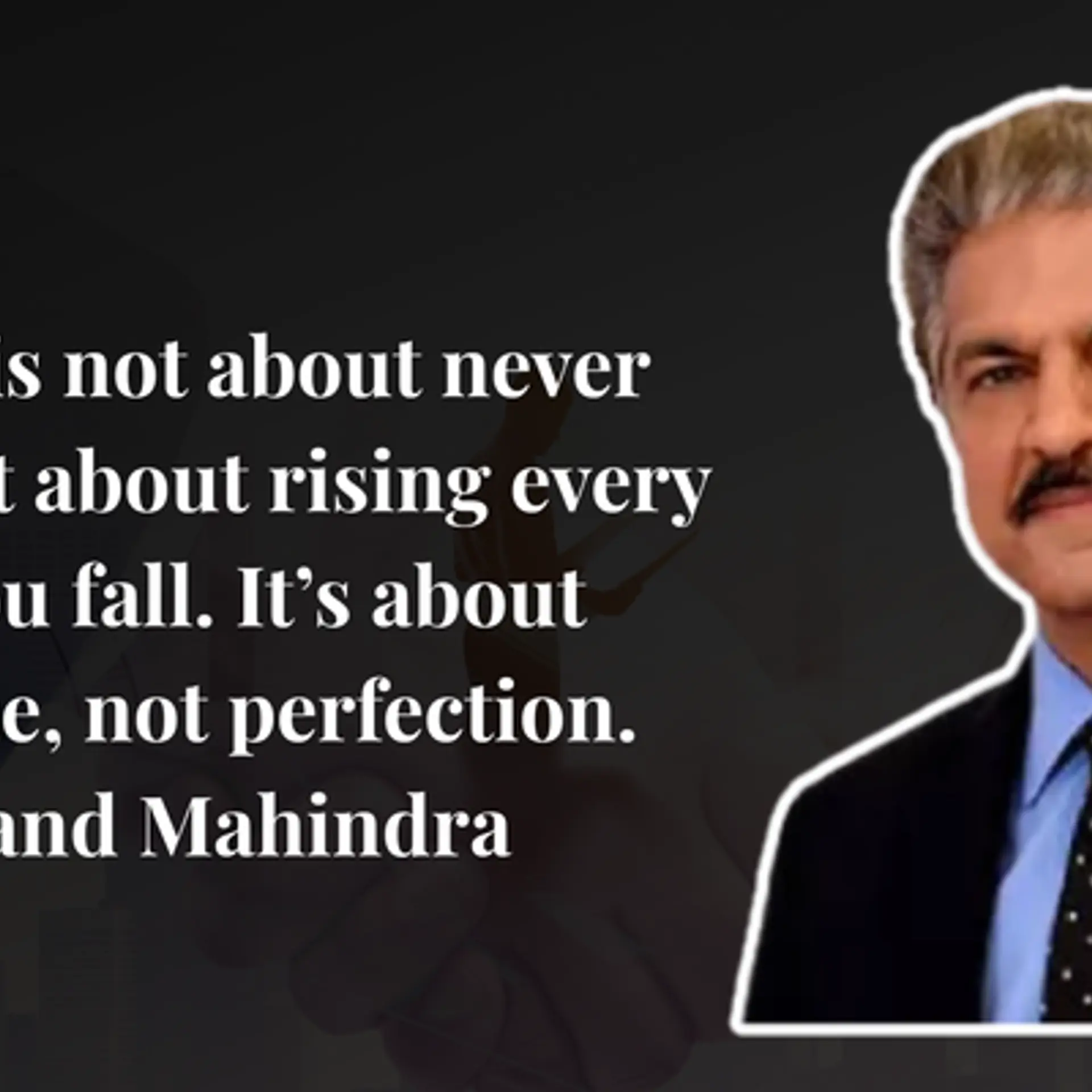When I urge someone to craft one or more compelling stories from his or her own life, a common response I get back is, “Why would anyone care to read MY stories?”
If such a response sprang into your mind, there is a good possibility that you don’t care enough about your story for you to believe that others will care enough about your story.
It has to start with YOU.

I have not met you but I know that you have a story – a story that’s unique and one that’s worth reflecting. We all do. Depending on the standards you set for yourself and the meaningful contributions you are making to this world, there may very well be a number of stories that are worth sharing.
If you are in sales, you have a double-challenge. First, you have to tell a story about your company and the offer in a compelling way AND In addition you have to weave in your own story to gain mindshare.
Why
Crafting a compelling story about your company and your offering is part of your job. It’s part of getting buy-in from your prospects. But...
What would be a reason for you to craft compelling stories about yourself?
Answer: If YOUR story is compelling, the story you tell will be more compelling. In other words, the messenger is equally or more important than the message.
You and I know that although companies buy stuff, it’s people who do the buying. People sell to people. The first selling step in general is to establish rapport with your prospect. Sharing your story and finding shared interests is one definite way to start building that rapport.
Your story is not about how wonderful you are, its about who you are as a result of the lessons you learned from the mistakes you made, - it needs to be about your vulnerability. This is not about manipulation; your intentions matter a lot here. Mike Bosworth in his book “What Great Salespeople Do,” calls them “dumbass moments”.
You also need a story about your company, but that is another story.
Who
This is easy. The story has to be about YOU and your trials and tribulations. YOU are obviously the protagonist in your story.
Yes, you need to be humble and no, you don’t need to be shy here.
While the story is all about you, the takeaways have to be how the reader will benefit from your experiences without having to pay all the price you have paid to get those experiences.
What
What should you include in your story?
Just like in a movie where you don’t include EVERYTHING that happened in the lives of characters, you only have to pick and choose the right moments in your life and stitch them together. In fact, your life is made up of several stories from your past. Your job is to pick the right story from your past history that will resonate with the listener.
My story titled “My 1,000-day journey to the publication of my first book” was about what I learned on my journey to the publication of my first book.
Another story titled “The Final Push” recounts my 90-day preparatory journey leading up to my class XII exams.
As you can see, both the above events were transformational events in my life that shaped my worldviews. They played a major role in changing the trajectory of my life ultimately making me who I am today.
The sequence is generally the same:
Pursuit -> Conflict(s) -> Journey overcoming the conflicts -> The Transformation -> The Next Chapter ->Lessons learned
How
A good story sequence will involve:
a. Your pursuit of some goal either set by you or by someone that matters to you. Note that the goal is a bit out of your reach based on your current skills, competence and connections
b. The obstacles (also called conflict) that you faced along the way
c. All the drama that involved in overcoming those obstacles and reaching your goal
d. Your transformation along the journey
Naveen Lakkur shares his story of how he transformed himself as he recovered over several years from near complete loss of his eyesight on his website.
CamMi Phan shares her story of how she transformed herself watching her family lost almost all their wealth and rebuilt their lives in her About Me page on her website.
Where
A few years ago, you would have to think carefully about this question because either you had the option of sharing it
a) One-on-one
b) In a group OR
c) On a media outlet
You choose the option that is right for the context. Today, you have expanded options. You don’t have to wait for someone else to offer you their platform to share your story. You can write that right on your own platform. Naveen and CamMi shared their stories on their own websites. You can too.
Why Not
The path leading to a point in time when you can create one or more compelling stories about yourself has already produced returns in the form of your own transformation.
Your journey has already produced rewards. When you do it right, your story has not only an amplifying effect but it also serves as your gift to the world. It becomes part of your legacy, making the life of every reader that is touched by the story a bit better than before.
With that in the background, it is hard to find a reason not to do it.
How Can You Get Started
The answer is NOT in getting a piece of paper start writing but in seriously committing yourself to the pursuit of meaningful projects. Your growth is guaranteed when you are pursuing meaningful projects. When the delta of your transformation is significant enough, it is ripe for a story.
Everyone including you is on a sales mission. Think about what you are selling today. Whatever that is, there is a good possibility that by YOU having a compelling story to tell, it will help you sell better.
A is for Alignment (title changed on Salesforce.com blog)
E is for Excellence in Small Things
F is for Follow Up (On Huffington Post)
J is for Judgment (On Huffington Post)
N is for Nurturing (On Huffington Post)
Q is for Questions (On Huffington Post)
R is for Resourcefulness (On Huffington Post)
S is for Storytelling (Most popular in the series)
V is for Velocity (On Huffington Post)

About the Author Rajesh “Raj” Setty is a serial entrepreneur and a business alchemist based in Silicon Valley. He currently serves as the president of WittyParrot. He was instrumental in founding several US or India based technology and publishing companies. He has authored and published 13 books so far with his first book being published at the age of thirteen. He has published more than 1850 blog posts so far. You can read his blog and follow him on him on Facebook or Twitter.







